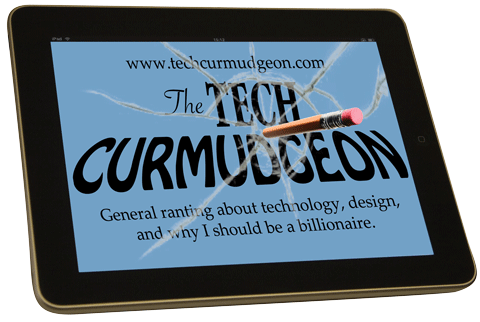Design is not one activity. For a designer creating a brochure, or a sign, or a Web site or whatever, there are a number of stages in the process. Starting out, the main activity is information design, a buzzword that's gaining a lot of ground, without a clearly defined meaning. This term is used primarily in the context of Web site design, but it applies to all areas of visual design. Really, it's just what the name implies: figuring out what information is to be conveyed by the Thing That Is Designed (TTID). If the TTID is a map, will it be printed? How big will it be? What area does it show? How is it oriented? What reference information (scale of miles, longitude and latitude lines, analemma, etc.) must be included? These questions are addressed before we actually get to what is commonly thought of as design.
In fact, most people think of design as the art or craft of choosing fonts, colors, illustrations, etc. to make something look attractive. In fact, that's the last bit of work to be done. Before we get to that, the questions of what information is to be imparted, and how can the visual arrangement convey or enhance the transmission of that information.
Consider different problems:
1) Design a subway map for a city.
2) Design an ad for a soft drink.
In the first case, the primary purpose of the design is to inform. People who look at the map will want to know what subways to take, where to get on and off, whether any transfers are necessary, etc. Typically, the toughest problem in such a case is legibility .... how to get so much information onto the page, and still make it understandable. If you superimpose the subway routes over a geographic map of the city, it's relatively easy to see where the stops are located relative to other landmarks. On the other hand, if you simply the subway routes to straight lines and arcs, the connections and relationships between the routes, and the sequences of stops on each route, are easier to read. That's a design trade-off.
In the soft drink ad, on the other hand, the design is much more about persuasion than information. You could simply create a poster with the drink's ingredients and nutritional information, but unless there was something really unique and sensational about these, it would probably not be a big seller. You'll probably end up with something that uses photographs of people living the wonderful, exuberant lifestyle that only drinkers of this beverage can enjoy. If you're also designing the packaging for the soft drink, you'll want to make sure that is harmonious with the advertising, in that both send a consistent message about the product.
Oops. I'm out of time. More later.
